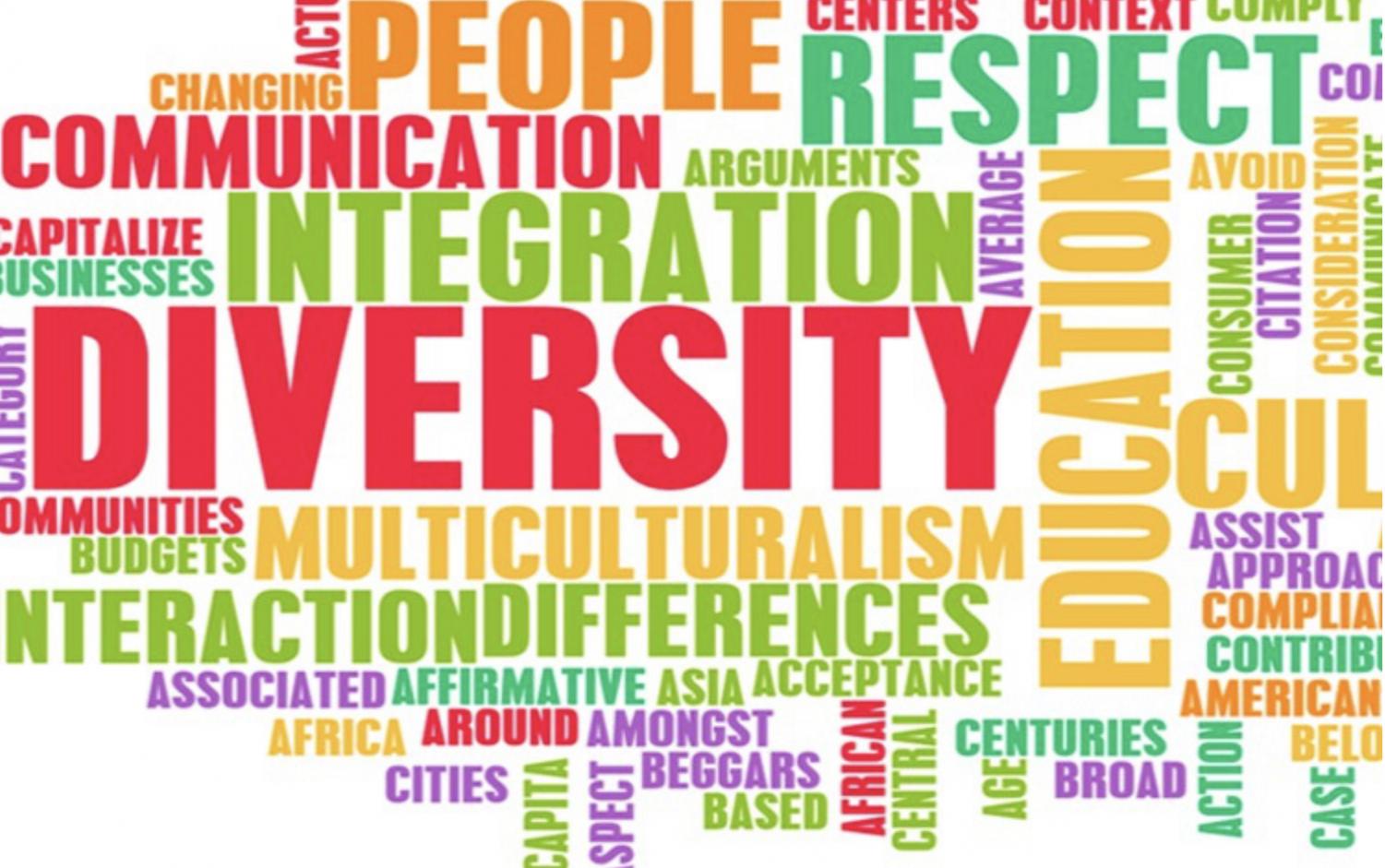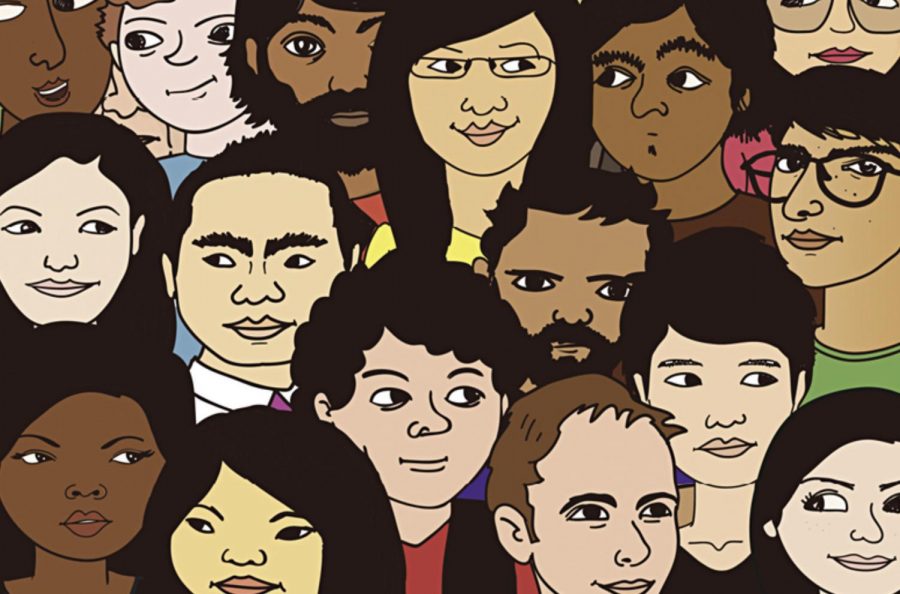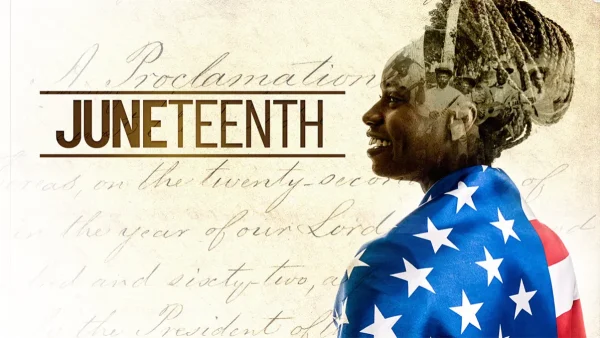School diversity earns an “A”
On many college tours in recent years, a prospective student would notice one common topic the institutions brag about if they can: diversity. What’s such a big deal about diversity, anyway?
School diversity was originally called for in 1964 when Title VII of the Civil Rights Act was passed, making discrimination based on race, color, religion, sex, or national origin in any part of employment or education illegal.
After affirmative action (according to merriam-webster.com, “an active effort to improve the employment or educational opportunities of members of minority groups and women”) started to become accepted policy, Alan Bakke brought a case before the US Supreme Court in 1978. In the controversial case, Bakke’s lawyers argued that he had been denied acceptance to medical school twice because the school’s affirmative action policy resulted in reverse discrimination, as noted by Lydia Dishman in an article in fastcompany.com. In a landmark decision, the Supreme Court upheld affirmative action despite his claims.

People in favor of diversity argue that communities in schools need to reflect the general population, while people against diversity argue that it is not fair for lesser qualified students to take the spots of more qualified students. Despite the controversy, studies have consistently shown that diversity in classrooms overall benefits students.
Writing for The Century Foundation, Amy Stuart Wells noted that among these benefits are “improved cognitive skills, including critical thinking and problem solving.” However, the benefits of diversity extend far beyond cognitive ability, extending to readiness for careers and even improved mental health.
In addition, now that the “majority of public school K–12 pupils in the United States are students of color,” students need to have experience with a diverse student body in order to be better prepared for the world. Remaining in comfortable bubbles of people like oneself is not going to cut it in an increasingly diverse world.
“Students who enjoyed the most diversity in their classrooms throughout the day also scored the [best] in each of these categories: feelings of safety at school, bullying and social exclusion, and loneliness,” showing how diverse environments can help students’ mental wellness as well, wrote Jeremy Adam Smith in Greater Good Magazine.
One may think that a diverse community could make students feel more isolated within their particular race, but it does the opposite. It actually “brings a sense of connection between disparate cultural heritages within a single school’s culture” and shows students similarities between all people despite their diverse backgrounds, according to Matthew Lynch in The Edvocate.
In addition to the benefits for students, diversity presents a justice issue that needs to be addressed. All people, especially those of privilege, should feel called to offer and share quality education for every student, especially those who have historically been discriminated against for a variety of reasons.
As they work toward ensuring quality education and justice for all students, schools should be proud of their diversity levels.











